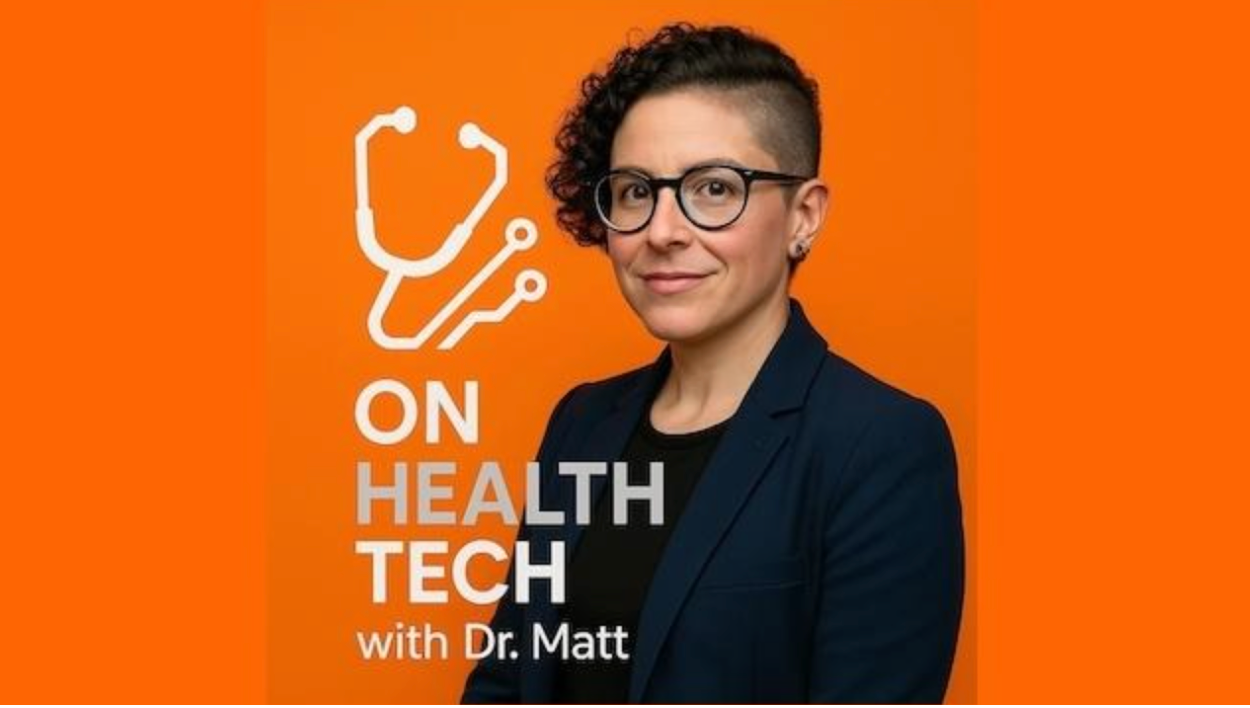Cracking the US Healthcare Code: A Quick & Dirty Playbook for Founders
Last night, I gave a workshop to a group of international founders about the US healthcare landscape and what they need to know to break in. But as I gave my talk, I realized something important. Even though this advice might sound basic or obvious to some, every founder, whether you're from abroad or based right here in the US, needs to hear this again. These are the foundational questions that determine success or failure.
For every health tech founder, the US healthcare market is the ultimate prize: a glittering, multi-trillion-dollar opportunity. But for those entering from abroad, it’s a labyrinth of misaligned incentives and hidden rules. (For those already here, it’s an equally complex home turf!)
No matter your origin, you need a playbook. Here is the 5-minute briefing every founder needs before launching in the US. And whether you've been working your startup for a day, a week, a month or a year, make sure to go through the checklist at the end and be honest about your true readiness.
The Paradox: Your Biggest Obstacle is Your Biggest Opportunity
First, the scale is staggering. The U.S. spends over $4.5 trillion annually on healthcare, representing nearly 18% of its economy.
But here’s the paradox: that historic spending buys some of the developed world's worst health outcomes. A 2023 Commonwealth Fund report shows the U.S. lags in life expectancy and has the highest rates of avoidable deaths.
The reason is massive inefficiency and waste. For you, the founder, this isn't a bug; it's a feature. Your company's value will be measured by how effectively you solve the friction that costs the system a trillion dollars a year.
The Gatekeepers: The Cast of Characters You Must Convince
As a founder, you are not selling into a single "system." You are selling to a handful of competing stakeholders who all ask different questions:
- The Payer (e.g., UnitedHealth): "Show me the 3-year ROI."
- The Provider (e.g., a hospital): "Will my doctors use it and will it slow them down?"
- The Regulator (e.g., the FDA): "Where is your clinical data?"
- The Patient: "Is it easy and does my insurance cover it?"
Historically, money flowed through a Fee-for-Service model, rewarding volume. The entire system is now shifting toward Value-Based Care, (at a snail's pace, forever!) where payment is tied to patient outcomes. This shift is your single greatest tailwind. Models like Accountable Care Organizations (ACOs) are hungry for technology that improves quality and reduces costs.
The Four Pillars of Your Go-to-Market Plan
Whether you are coming from Seoul or Silicon Valley, your strategy must answer four critical questions. Get these right, and you have a foundation for success.
- Your Clinical Strategy: What is the absolute minimum clinical evidence you need to convince your first customer? The gold standard is a Randomized Controlled Trial (RCT), but pragmatic Real-World Evidence (RWE) is increasingly accepted for digital health.
- Your Reimbursement Strategy: How, specifically, will you get paid? Is it through an existing CPT code? By enabling a hospital to succeed in a value-based contract? Or a simple SaaS license?
"We’ll figure out reimbursement later" is a fatal mistake for a founder.
- Your Commercial Strategy: Who is your ideal first customer: a research-focused academic center or a profit-driven hospital system? How will you integrate with their Electronic Medical Record (EMR)? Without a clear path into Epic or Cerner, your product is dead on arrival.
- Your Compliance Strategy: Do you know your
FDA classification for Software as a Medical Device (SaMD)? Are you prepared for the legal and security requirements of
HIPAA? These are not afterthoughts; they are foundational.
Entering the US market is a test of strategic clarity. It's not the best technology that wins, but the best technology with a credible answer to the market's unique and complex questions. The tech, is the easy part.
Founders Checklist: Key Questions & Action Items
Market Understanding: Have we clearly defined how our solution solves the friction and waste in the US system? Do we have a crisp answer for each of the four gatekeepers (Payer, Provider, Regulator, Patient)? Is our strategy aligned with the shift from Fee-for-Service to Value-Based Care?
Clinical Strategy: Have we defined the minimum level of clinical evidence required to win our first customer? Have we decided between an RCT, RWE, or a hybrid evidence-generation approach?Have we budgeted for a Health Economics and Outcomes Research (HEOR) study to prove financial value?
Reimbursement Strategy: Have we identified the specific mechanism for payment (e.g., existing CPT code, SaaS license)? If pursuing a new CPT code, have we mapped out the multi-year timeline and budget?Can we clearly articulate our value proposition for a value-based care model (e.g., an ACO or bundled payment)?
Commercial Strategy: Have we identified our ideal first customer profile (e.g., Academic Medical Center, IDN)? Do we have a detailed, 12-18 month plan for EMR integration with Epic or Cerner? Have we mapped the key decision-makers at a target health system (Clinical Champion, CMIO, CISO, CFO)?
Compliance/Regulatory Strategy: Have we determined our product's FDA classification as Software as a Medical Device (SaMD)? Have we budgeted for the legal and technical requirements of HIPAA compliance? Have we signed a Business Associate Agreement (BAA) with all partners who will handle patient data?
Start with one specific problem, find US-based partners early, and remember: in American healthcare, evidence is the only currency that matters.
Keep innovating, and #StayCrispy!
-Dr. Matt




